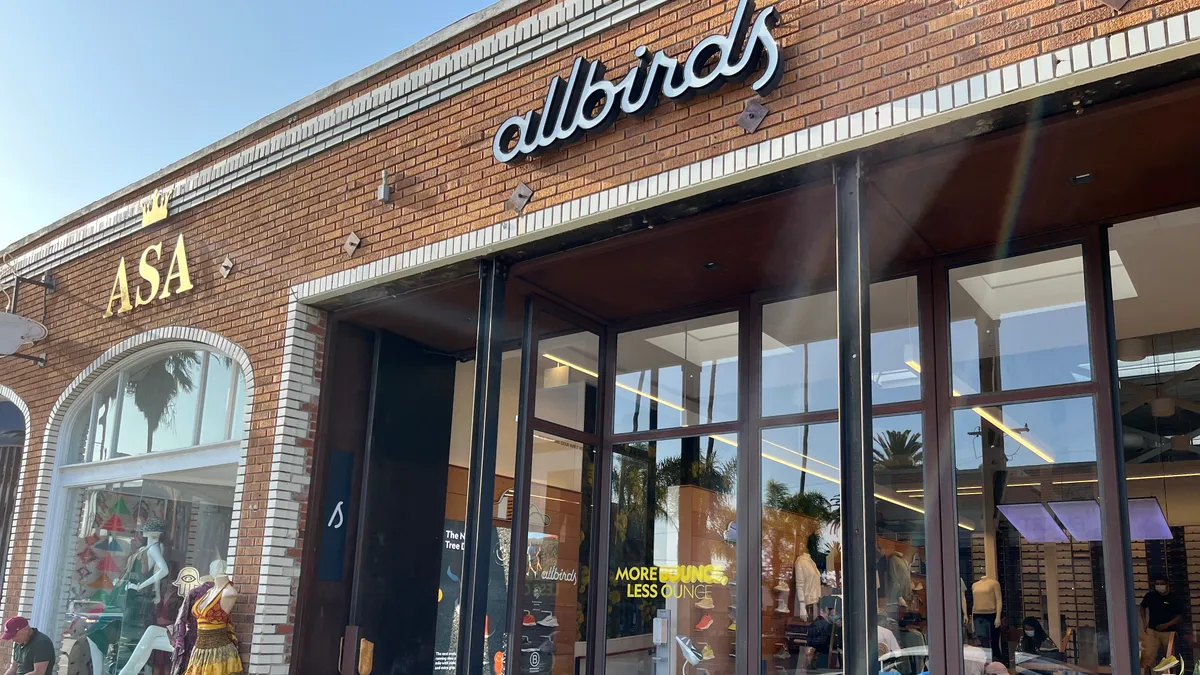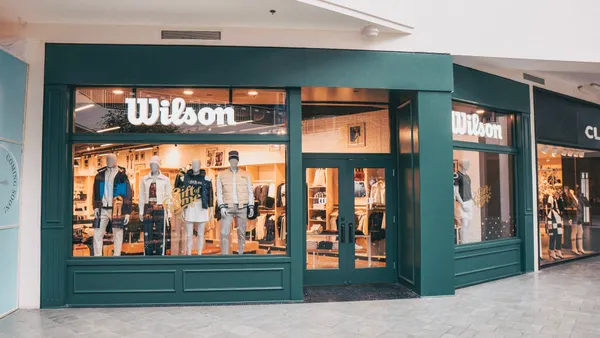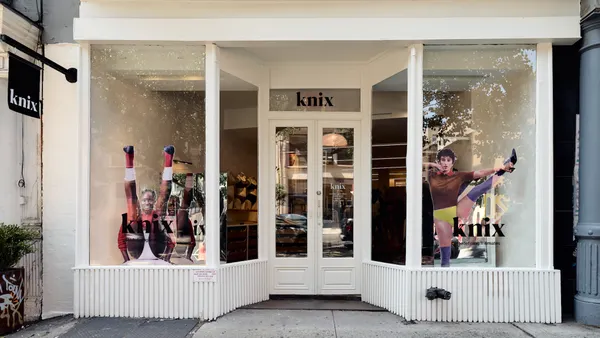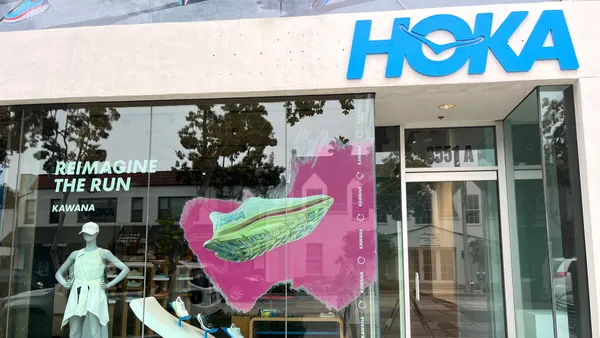Dive Brief:
-
Many flash sale sites are moving away from their original model to a more traditional type of e-commerce, as when Nordstrom recently linked its flash-sale HauteLook site with its Nordstrom Rack e-commerce site.
-
The sites are finding it hard to thrive in the face of competition from regular department stores, which hold frequent markdowns on current merchandise, and off-price retailers like TJ Maxx and Marshalls, which have the buying power to acquire large amounts of merchandise.
-
Sites like Rue La La are also employing content-rich strategies like blogging and affiliations with designers to boost traffic and sales to their sites. Gilt Groupe and Groupon-owned Ideeli have struggled to make money.
Dive Insight:
While flash sale sites do well in markets like France that are limited by law to infrequent markdowns, they face stiffer competition in places like the U.S. where price drops are rampant across the apparel retail sector. Flash sale sites are often limited to small batches of clothing from two to three years ago, which can’t compete with markdowns of healthy amounts of this season’s clothing in department and specialty stores. As they fail to live up to the early excitement they generated with their original models, look for more flash sale sites to continue to add more traditional e-commerce.














